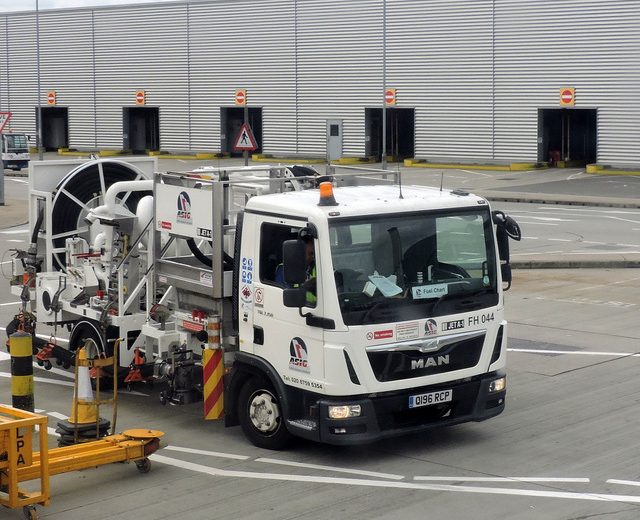Cost of not using SAF

How many times have you heard about sustainable aviation fuel (SAF) being costlier than Jet A fuel? Almost everyone raises this point as the biggest barrier to SAF adoption. And this is true – to some extent because not using SAF can be even more costly for airlines operating in regions with mandates.
“We always talk about the cost of SAF and we always compare the cost of SAF to the cost to Jet-A, but that is not the full story because especially within the EU and the UK, the emission trading system (ETS) plays a role in all of this,” explains Dr. Dana Shoukroun, founder of aviation consulting firm Invest Through Flying. In her recently published research on SAF, she shows that European airlines cannot only look at fuel costs, they should also account for ETS carbon charges and mandate penalties.
Shoukroun’s mathematics behind this analysis is straightforward. Since each tonne of Jet A fuel burned produces about 3.16t of CO2 emissions, European airlines must purchase carbon allowances to counter these emissions.
On top of that, the ReFuelEU Aviation regulation also has a penalty mechanism that changes the fuel economics. If airlines fail to meet SAF blending mandates, they face penalties calculated as twice the price difference between SAF and conventional jet fuel. Using the European Union Aviation Safety Agency’s (EASA) 2024 reference prices, these penalties pose a significant financial burden.
The research examines four compliance scenarios across three periods (2025, 2030 and 2035). The zero-compliance scenario assumes airlines purchase no SAF thus incurring full penalties and ETS costs. The second more realistic scenario models SAF availability based on announced refinery projects reaching final investment decision, growing by 50% every five years. The accelerated compliance scenario assumes the same starting point but doubles capacity every five years. Finally, the full compliance scenario meets all mandates.
The results are striking. Based on current Jet A prices and EASA calculations, by 2035, the zero-compliance scenario drives total fuel costs to €3,434 ($3,943) per tonne, representing a 284% increase over base Jet A prices. This figure breaks down to approximately €600/t ($690/t) in ETS costs and €2,000/t ($2,300/t) in penalties, with the remainder covering base fuel costs.
In stark contrast, full compliance with learning curve benefits reduces total fuel costs to just €1,760/t ($2,021/t) by 2035, representing a €1,674/t ($1,922/t) saving over the non-compliance scenario. This shows that for airlines, even the most conservative compliance approach yields significant savings.
However, the most crucial insight from Shoukroun’s analysis concerns the role of the EU ETS as a cost driver largely beyond aviation’s control. Unlike ReFuelEU penalties, which are aviation-specific, ETS prices are determined by the broader European carbon market.
“The ETS cost is not an industry specific cost. So it’s not a function of aviation and aviation policy, unlike refuel and the penalties. These costs depend on every single industry that is part of the ETS. We [aviation] are a very small percentage of that. And so we have very little influence on this cost,” she emphasises.
This situation creates what Dr. Shoukroun describes as a “positive feedback loop” for SAF adoption. As airlines increase SAF blending, their carbon footprint decreases, directly reducing ETS liability. The mathematics are compelling: each percentage point of SAF blending reduces emissions proportionally, translating to immediate ETS savings that often exceed the SAF premium.
On the flip side, Shoukroun’s research reveals that delaying SAF adoption creates a compound penalty effect. Airlines that fail to meet mandates in any given year must carry forward their obligation to the following year while still paying penalties for the shortfall. This creates what she calls a “snowball effect” where “if you don’t have the stuff this year, chances are you will not have it next year. And then some.”
Shoukroun’s analysis provides compelling evidence that the financial case for SAF compliance is not only credible but urgent. Her research demonstrates that even conservative SAF cost assumptions and high ETS prices favour early adoption over delayed action. The penalty structure ensures that partial compliance offers minimal financial relief, while full compliance with cost learning delivers substantial savings.
“I think wait and see was OK five years ago,” Shoukroun concludes. “I think today, if you wait and see, you might miss the train [or plane].”
Subscribe to our free newsletter
For more opinions from SAF Investor, subscribe to our email newsletter.
